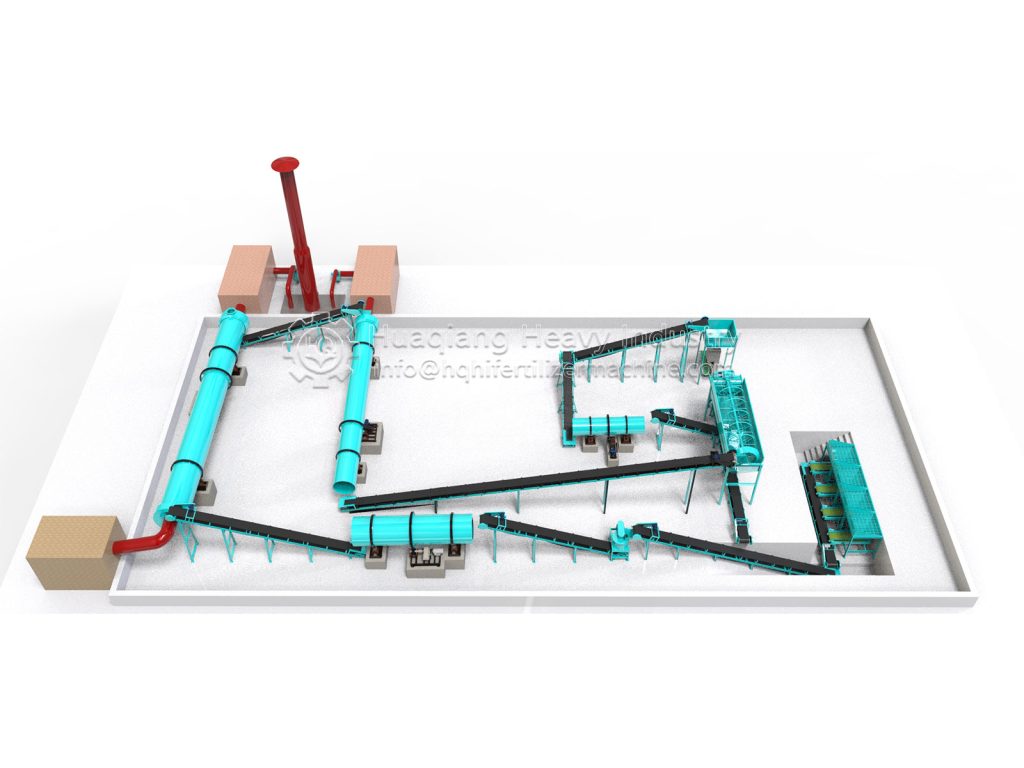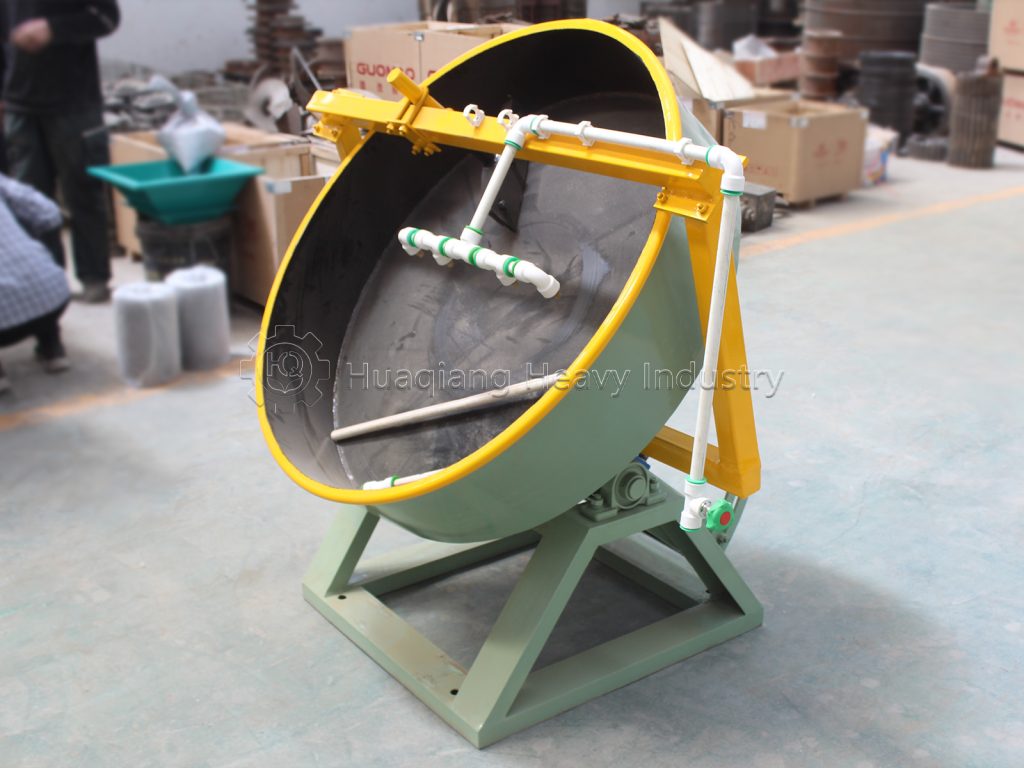How to Improve the Efficiency of the Granulator in an Organic Fertilizer Production Line
As the core equipment in an organic fertilizer production line, the efficiency of the granulator directly determines the production capacity and product quality of the entire line. Improving granulator efficiency requires precise attention to multiple aspects, including raw materials, equipment, operation, and maintenance, to overcome common production bottlenecks.

Proper raw material pretreatment is fundamental. Organic fertilizer raw materials have complex compositions. Improper moisture and particle size can easily lead to clogging or loose granules. Moisture content should be controlled between 25% and 35%. If the moisture content is too high, a dryer should be used for dehydration; if it is too low, water spraying should be used for conditioning. A pulverizer should be used to control the particle size to 80-100 mesh to prevent impurities from entering the machine. Binders such as bentonite and starch should be added in appropriate proportions to enhance raw material cohesion, reduce powder waste, and increase granulation success rates.
Scientifically controlling equipment parameters is a key measure. Different granulators (such as rotary drum granulators and double roller press granulators) require matching parameters. For rotary drum granulators, the drum speed (usually controlled at 15-25 rpm) and tilt angle (3-5°) must be adjusted according to the raw material characteristics; for double roller press granulators, the roller pressure and gap must be appropriately set. Furthermore, the feeder must ensure a uniform feed rate to prevent material fluctuations that could cause the granulator to “run out” or “stuck,” maintaining stable equipment operation.
Enhanced routine maintenance is essential. During granulator operation, clean the inner wall of the drum or the extrusion die of residual material every shift to prevent scaling that could affect performance. Check bearing lubrication weekly and refill with high-temperature grease to prevent friction overheating and reduce the speed. Replace worn scrapers and liners monthly to prevent component aging and reduced molding efficiency. Maintain an equipment maintenance log to record parameters and faults to facilitate troubleshooting and reduce downtime.
Optimizing supporting processes can further improve efficiency. Linking the pelletizer with upstream and downstream processes, using sensors to monitor raw material data in real time, and adjusting upstream equipment parameters to ensure quality raw materials. Optimizing the drying and pelletizing speeds prevents pellet accumulation and moisture, minimizing secondary processing, and maximizing pelletizer efficiency.
In summary, improving pelletizer efficiency requires a balanced approach of “source control, process optimization, and ongoing maintenance.” Through refined management, production and quality can be increased while extending equipment life, ultimately creating greater profitability for the production line.

